Introduction of the recommended parameters for the flavor characteristics of red cherry coffee treated with Yejia Xuefei idido red honey
Professional coffee knowledge exchange more coffee bean information please follow the coffee workshop (Wechat official account cafe_style)
Yejia Xuefei red honey treatment
Producing area: Yega Xuefei idido
Planting altitude: 2000-2200m
Treatment method: red honey treatment
Variety: native species
Grade: G1

| | Origin description |
Ethiopia lies to the east of the African continent. The "Gedeo zone region" to which Yega Xuefei belongs is located in the "southern ethnic states" in southwestern Ethiopia.

Yirga cheffe is a small town in Ethiopia, 1700-2100 meters above sea level. It is one of the highest coffee producing areas in the world and is synonymous with Ethiopian boutique coffee. Lake Turkana, Lake Abaya and Lake Chamo bring rich water vapor here.
IDIDO cooperative
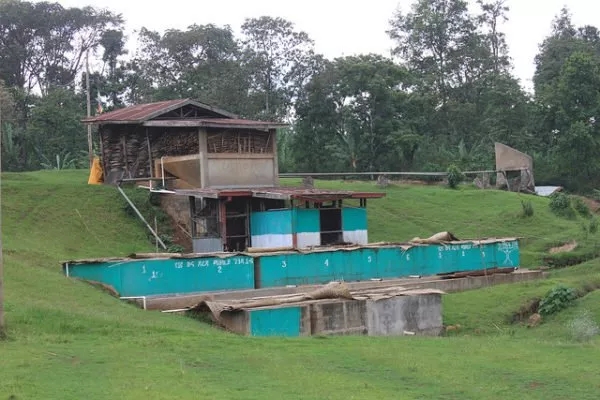
The IDIDO Cooperative was founded in the late 1970s and is located to the east of the small town of Yigacheffe in Ethiopia. Joined the Yigacheffe Farmers' Cooperative in 2002. IDIDO is also the name of the village where the cooperative centralized processing plant is located, working with growers in the eight surrounding kabeles (villages).
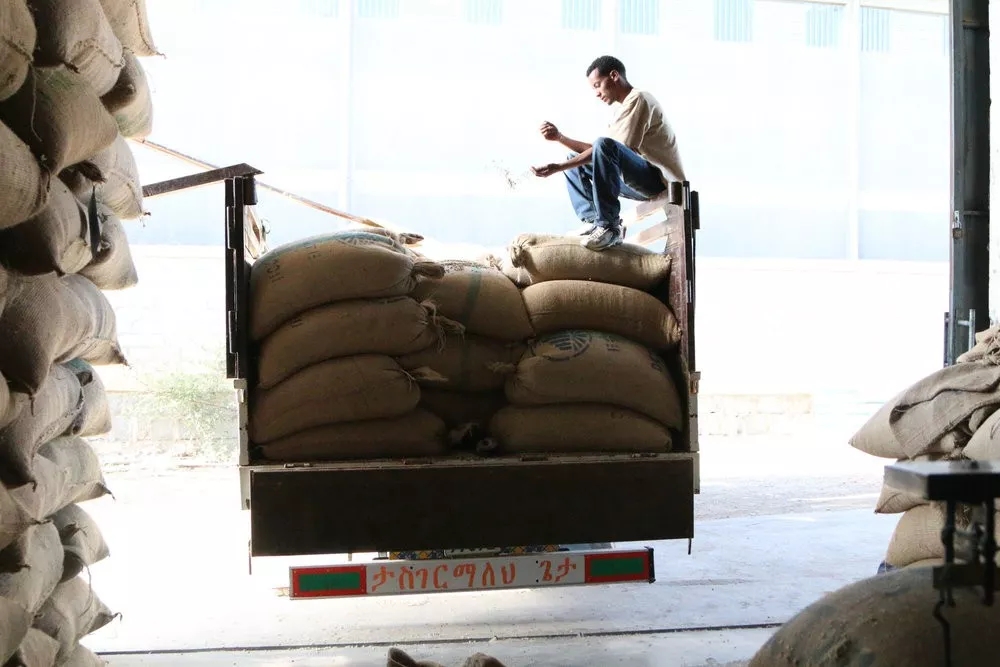
The cooperative has more than 1000 members scattered in communities of Wegida, Aricha, Direto, Ela Tenecha, Bowicha, Haro Badami and Gerse, working with growers in nearby communities to prepare individual community plots and special treatments. Coffee is hand-selected by farmers and their families and then sent to the factory for post-processing.
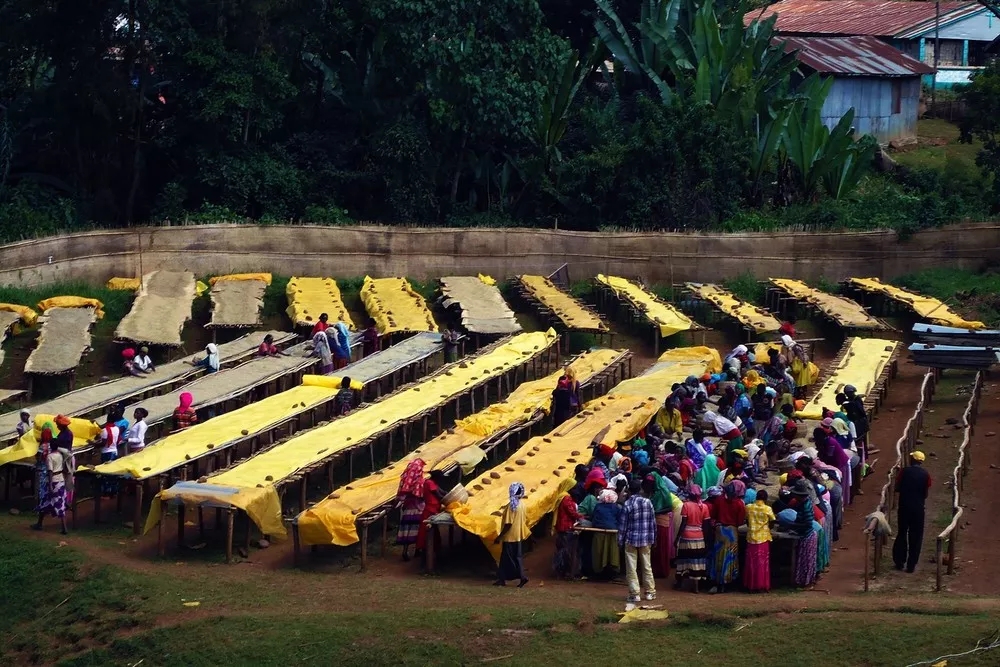
What is the Red Cherry Project?
The "Red Cherry Project" (ORC) is a project to improve the quality of small-scale farms. In 2007, Trabocca, the largest raw bean manufacturer in the Netherlands, proposed the "Red Cherry Project" in pursuit of high-quality Essex beans.
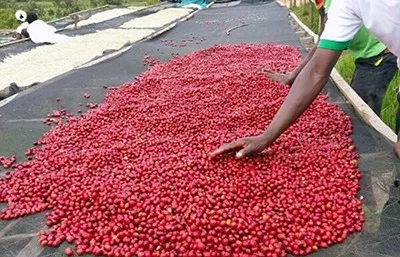
The plan requires that raw coffee beans should be picked not only by red fruit, but also by hand, but this is only the most basic requirement, and the plan is far from simple. The main purpose is to encourage soybean farmers and surprise roasters. Trabocca, the largest coffee bean manufacturer in the Netherlands, invited all Ethiopian farms to produce small batches of beans of about 1500 to 3000 kilograms (25,50 bags) before the harvest season. Women can only choose fully 100% ripe red cherries, which makes a big difference in the flavor of brewed coffee. So careful-eyed and industrious Ethiopian women are important drivers of the Red Cherry project.
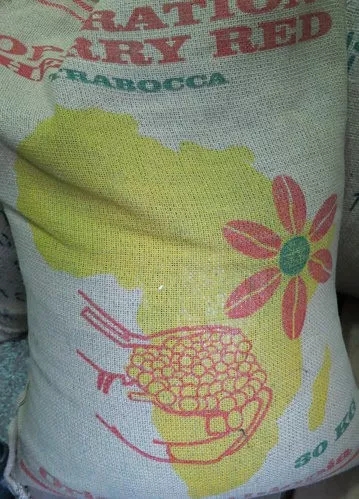
The red cherry project is also a reinforcing method, which makes the farm pay more attention to the process of selecting beans. The prices of these coffee are also relatively high. Red cherry operations include washing, sun-drying beans, half-washing, half-sun, experimental coffee and so on. The main producing areas are Yegashifi, Sidamo, Penga Forest, Lekanti, Ken Bata, Iruba, Hara, Lim, etc., and joined the Coroja Golocha producing area in 2011 (near Harald). These are unique flavors and can fully show the flavor of Ethiopian coffee. Trabocca will choose from the coffee after receiving it. Farms that have passed cup quality tests conducted by offices in Ethiopia and the Netherlands will pay large bonuses. Trabocca, the promoter of the Red Cherry project, has invested all the profits made over the past few years in cooperative farms.
| | processing method |
This bean is treated with red honey.
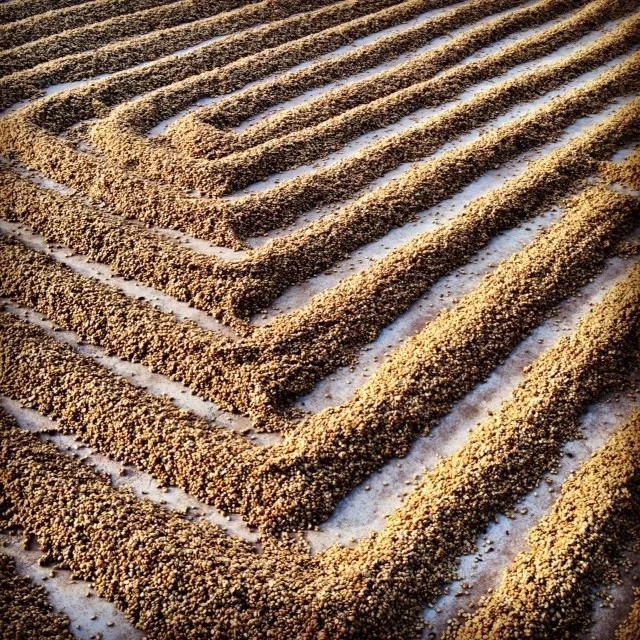
The so-called honey treatment refers to the process of making raw beans with mucous membrane for sun-drying. After the outer pulp of the coffee bean is removed, there will be a layer of sticky jelly. The traditional washing method washes it away with clean water, but this direct drying method has been born because of the limitations of water resources in some high-altitude areas.

Pectin mucous membrane is the part with the highest content of coffee fructose, and it is also an important part of coffee fermentation. It can be said that 80% of this part determines the supply of nutrients in the process. Yellow honey retains 60% pectin, red honey retains 75% pectin, and black honey hardly removes pectin.
| | Analysis of raw beans |
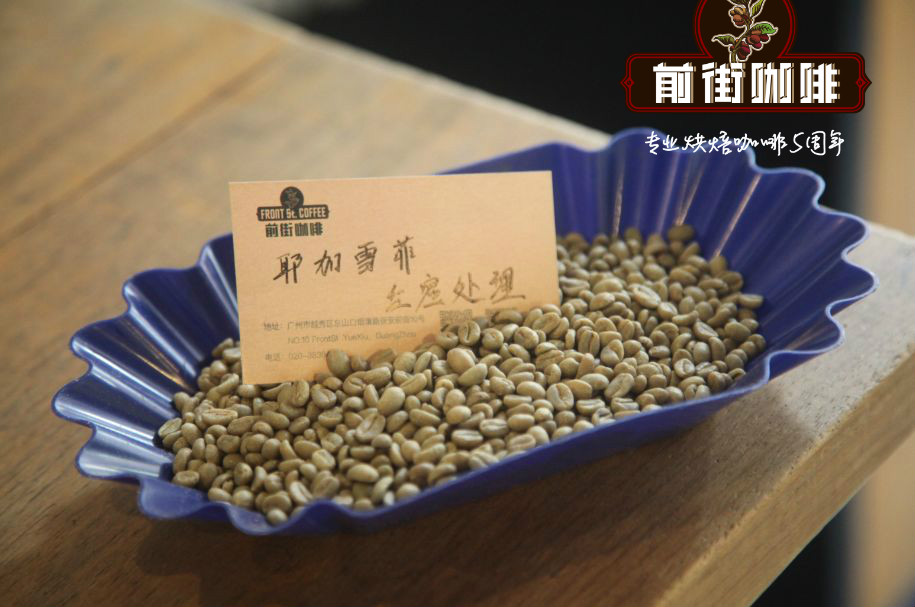
The variety of coffee treated with red honey is native to the region.
Through careful observation of raw beans, we can find that because of the variety, the beans are big and small, some are slender and some are round. It is important to know that there are nearly 2000 varieties of Ethiopian coffee, including 1927 native varieties and 128 imported varieties. So just looking at the shape, Esther's coffee variety is "Grand View Garden", which has everything, long, short, thin, fat …...
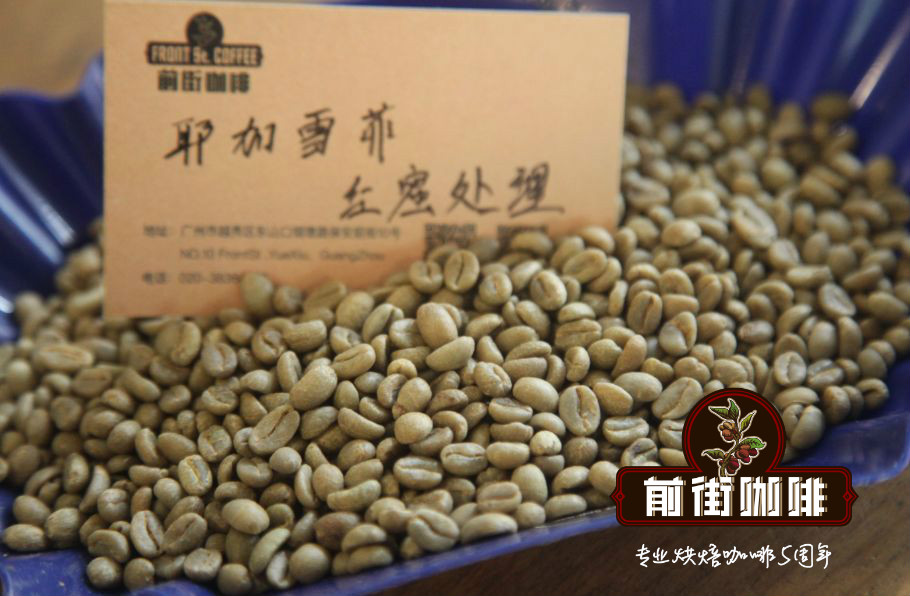
| | Baking analysis |
Roaster Yangjia 800N (baking capacity 550g)
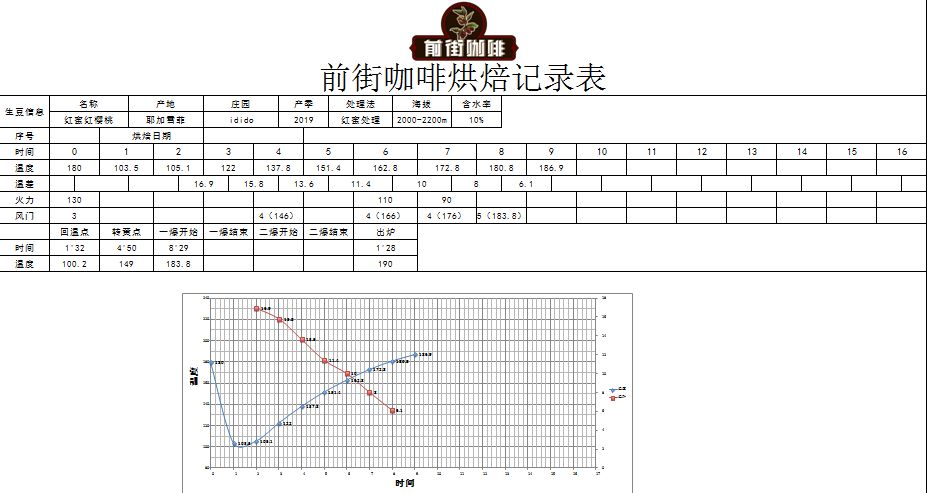
The furnace temperature is 180 ℃, the firepower is 130, and the throttle is set at 3; the temperature recovery point is 1: 39: 32 ". When the furnace temperature is 146℃, the throttle is opened to 4, and the firepower remains unchanged; when the furnace temperature is 149℃, the bean meter turns yellow, the grass smell disappears completely, and enters the dehydration stage. When the furnace temperature reaches 166℃, the firepower is adjusted to 110, and the throttle remains unchanged.
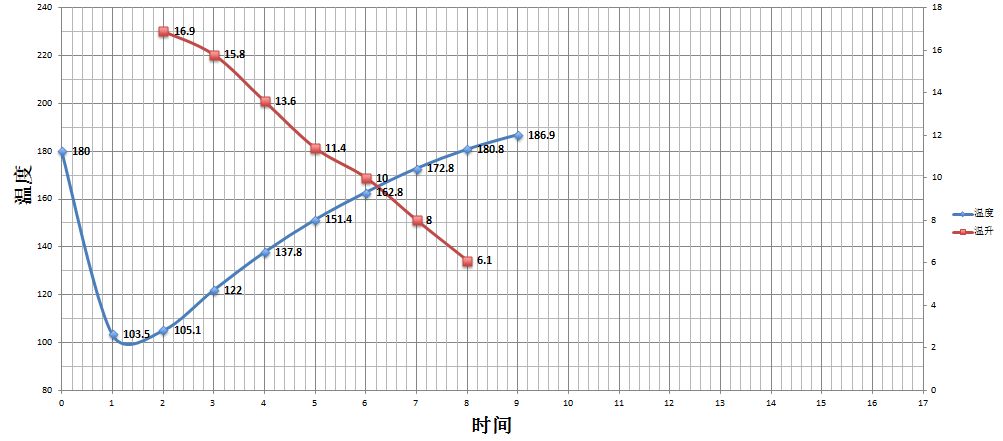
The smell of toasted bread has obviously changed to the smell of coffee, which can be defined as a prelude to an explosion. At this time, it is necessary to listen carefully to the sound of the explosion point. The sound of the explosion point starts to explode at the 8th hour, the throttle opens to 5, and after the explosion, the development of the 28190 ℃ after the explosion.
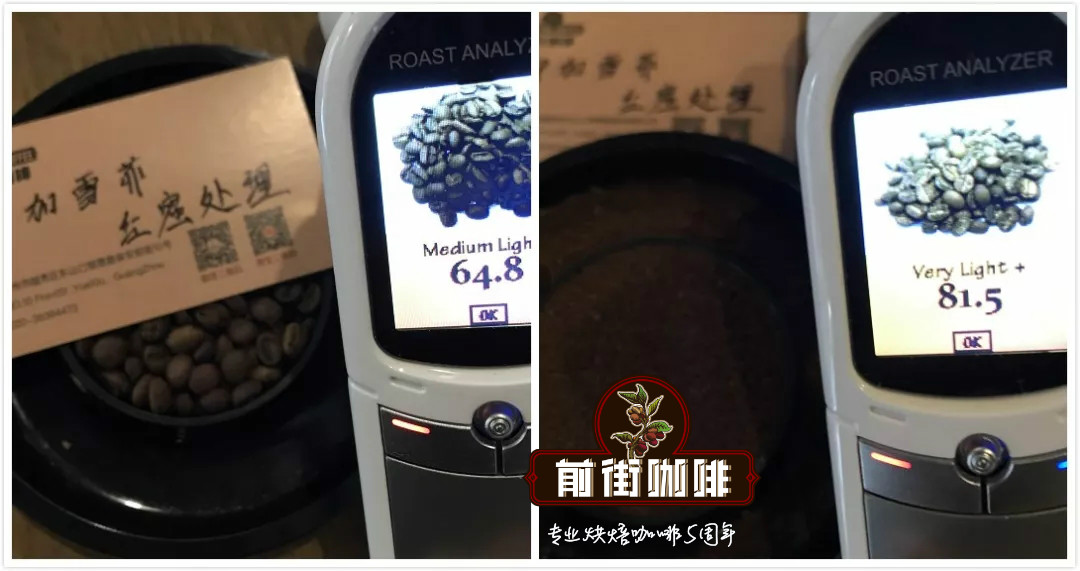
Agtron bean color value is 64.8 (left), Agtron pink value is 81.5 (right), Roast Delta value is 16.7.
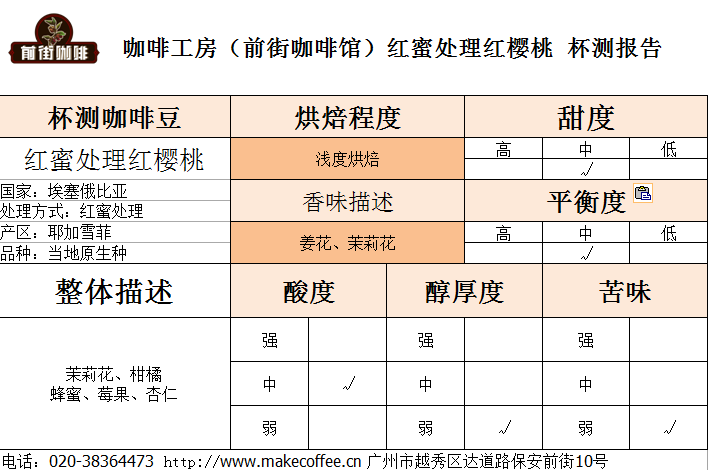
Cup test flavor: Jasmine, citrus, honey, berries, almonds
| | Analysis of cooking |
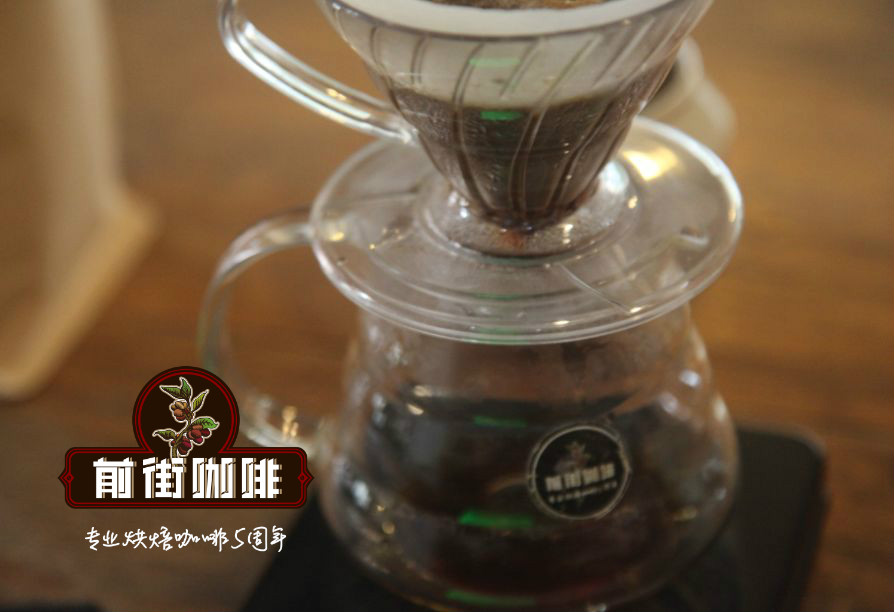
Recommended cooking method: hand flushing
Filter cup: V60
Water temperature: 90 ℃
Powder / water ratio: 1:15
Degree of grinding: medium and fine grinding, that is, the thickness of fine sugar (BG 5R: 58% of the pass rate of Chinese standard No. 20 screen)
Flushing and cooking technique: segmented extraction. Steam with 28 grams of water for 30 seconds, circle water injection to 120 grams, continue water injection to 230 grams when the water level is about to be exposed, and remove the filter cup when the water level is about to expose the powder bed. (the time of steaming starts) the extraction time is 2 minutes 39 percent 11 ".
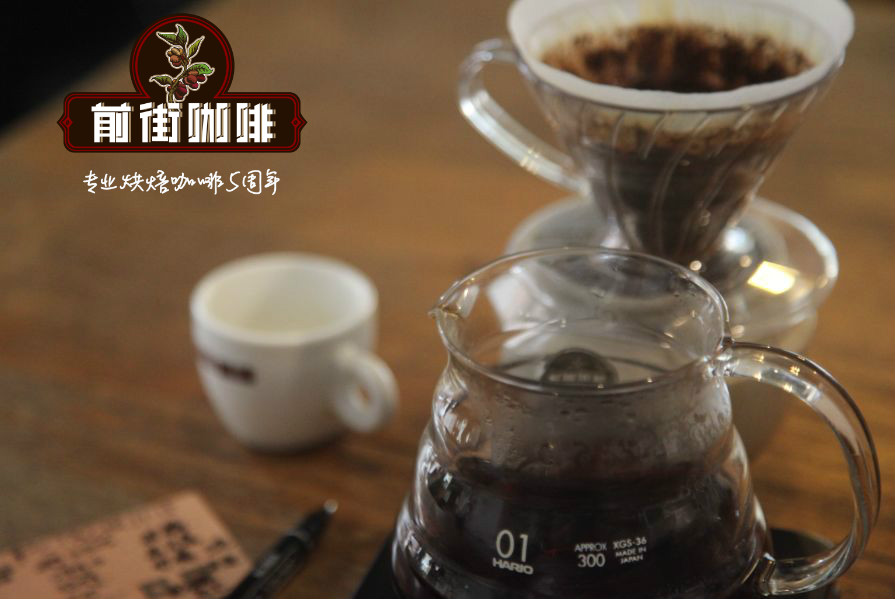
Flavor: it smells of ginger flowers, citrus, lemon and fruit sugar in the mouth, Chinese fir in the middle, honey sweetness in the middle, oolong tea in the end and a lingering finish.
END
Important Notice :
前街咖啡 FrontStreet Coffee has moved to new addredd:
FrontStreet Coffee Address: 315,Donghua East Road,GuangZhou
Tel:020 38364473
- Prev
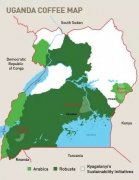
Introduction to the flavor characteristics of coffee treated by anaerobic fermentation and solarization in the Wenzori Mountains of Uganda
Professional coffee knowledge exchange more coffee bean information please follow Coffee Workshop (Wechat official account cafe_style) Uganda Wenzori Mountains country: Uganda production area: Wenzori Mountains altitude: 1600-1800 m treatment method: anaerobic treatment Sun varieties: SL14SL28 Origin introduction | Uganda is located at the source of the Nile River, which is not dependent on in Africa.
- Next

2019 new season flower 3.0 flower fragrance more intense flavor more clear Sitama flower
Professional coffee knowledge exchange More coffee bean information Please pay attention to coffee workshop (Weixin Official Accounts cafe_style) 2019 new season air arrival Huakui 3.0 Ethiopia spring treatment plant sun treatment flavor: From high temperature to low temperature, you can obviously feel strawberry jam, jackfruit passion fruit and other tropical fruit flavors, rich floral fragrance, strawberry jam, acid lively bright
Related
- Detailed explanation of Jadeite planting Land in Panamanian Jadeite Manor introduction to the grading system of Jadeite competitive bidding, Red bid, Green bid and Rose Summer
- Story of Coffee planting in Brenka region of Costa Rica Stonehenge Manor anaerobic heavy honey treatment of flavor mouth
- What's on the barrel of Blue Mountain Coffee beans?
- Can American coffee also pull flowers? How to use hot American style to pull out a good-looking pattern?
- Can you make a cold extract with coffee beans? What is the right proportion for cold-extracted coffee formula?
- Indonesian PWN Gold Mandrine Coffee Origin Features Flavor How to Chong? Mandolin coffee is American.
- A brief introduction to the flavor characteristics of Brazilian yellow bourbon coffee beans
- What is the effect of different water quality on the flavor of cold-extracted coffee? What kind of water is best for brewing coffee?
- Why do you think of Rose Summer whenever you mention Panamanian coffee?
- Introduction to the characteristics of authentic blue mountain coffee bean producing areas? What is the CIB Coffee Authority in Jamaica?

